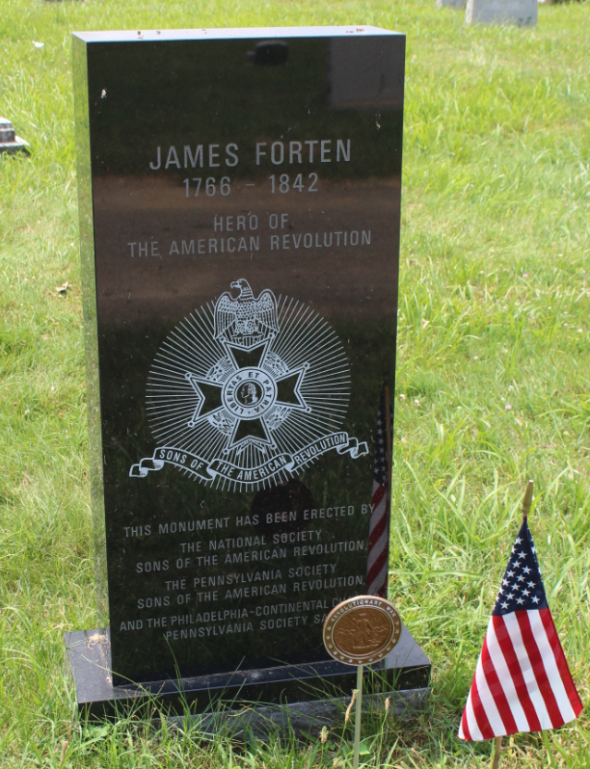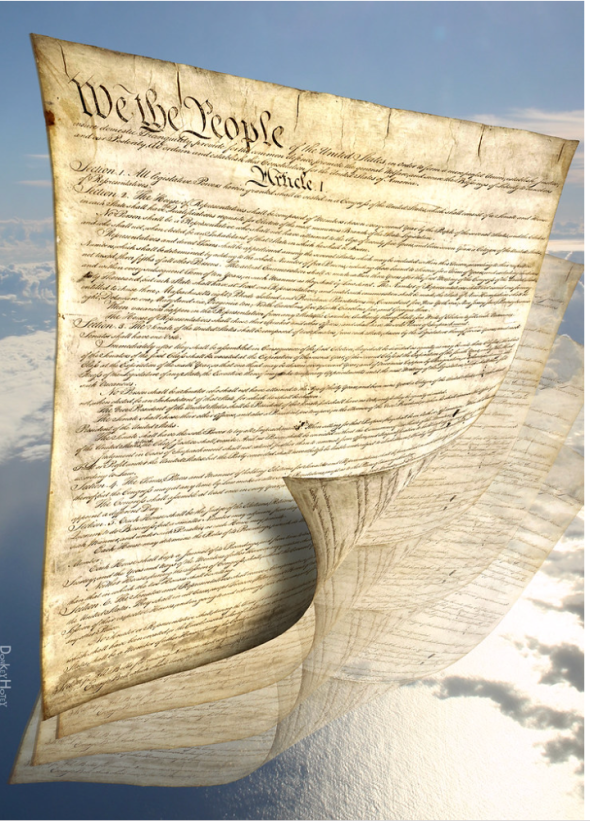Overview
Link to this section

Fifth-grade students in SFUSD engage in an average of 45 minutes (through both integrated and stand-alone units) of social studies instruction from 4-5 days a week. There will be 3-5 week stand-alone units that alternate with Science units during the year. Social Studies instruction prioritizes building a strong foundation in community and the understanding that every community member (citizen) has a voice in the ways our communities function. We explore students' communities and neighborhoods as windows to the past and present while working together to intentionally build a classroom community rooted in the SFUSD Humanizing Values (knowledge of self, solidarity, and self-determination) and core concepts of Ethnic Studies.
Fifth graders are more critical of the information presented to them and are developing their evaluative skills. They are shifting their self-identity and ideas from what their parents and other adults think to making their own claims and providing evidence. In order to foster these higher-level thinking skills we continue to focus in fifth grade on becoming historians.
Our first unit focuses on American Indian Identity and Sovereignty. The second unit looks at the American Revolution through an often overlooked, African-American perspective through the eyes of James Forten and his family. Our third unit will look at Constitutional Rights and Responsibilities. We revisit James Forten and further explore our role in being active community members who understand our Constitutional Rights and Freedoms.
Priority Standards Link to this section
What students will know, what students will do, and what thinking skills students will develop to apply and transfer History/Social Studies/Ethnic Studies understandings that endure within the discipline, leverage deeper understandings, and/or support readiness for success at the next grade level.
In fifth grade, students focus on these critical areas:

American Indian Identity (Example in development)
The focus of this unit is to allow students to learn about some of the many American Indian Sovereign Nations that exist within the borders of what is today called The United States. Students learn that American Indian Histories are an inextricable part of the history of the United States. Students also learn from some of the contemporary voices in American Indian Nations about current issues that face American Indians today.

The American Revolution Through the Lens of James Forten (provided by the Museum of the American Revolution)
Students explore the life of James Forten, a free Black Man living in Philadelphia during the Revolutionary War. Students investigate and learn about his life in Free Black Philadelphia, as a Revolutionary War privateer and successful businessman.

Constitutional Rights and Responsibilities (Example in development)
Students revisit the legacy of James Forten for the first 2 weeks. Students will then learn the governmental structures outlined in the United States Constitution. Students continue to solidify their understanding of their individual rights and their responsibilities to the collective community of the United States. Students explore some of the ways in which people have stood up for their rights and how they can make a difference.
Instruction: Signature Elements Link to this section
Below are signature elements of SFUSD History/Social Studies instruction that students should experience regularly throughout fifth grade as they develop as historians & social scientists.
Community Responsive Teaching
Adapt lessons, units, etc to reflect and honor the experiences and community of your students. Making humanizing connections to personal/community/cultural experiences
Inquiry
Students engage in authentic cycles of inquiry: developing questions & planning inquiry, applying disciplinary tools & concepts, evaluating sources & using evidence, and communicating conclusions & taking informed action.
Historically Responsive Literacy
Create lessons that use various resources (visual, oral, and written) that represent a wide range of diverse people that contribute to our communities
Taking Informed Action
Students take action in their community based on the information they have gathered throughout their inquiry. (Check out the next two and a half minutes of the video for an explanation.)
Materials
Beyond the Unit Overview, there are no required materials.
Units
Units for Fifth-Grade History/Social Studies/Equity Studies are currently in development. See below for guidance and examples of how you might structure your own units. (Click here for the same information below in an easy-to-read format: Overview and Examples for 5th Grade Units)
Unit Design
Incorporation of the Four Dimensions of the Inquiry Arc Across the Three Bends of a Unit
| Developing Questions and Planning Inquiries | Applying Disciplinary Tools and Concepts | Evaluating Sources and Using Evidence | Communicating Conclusions and Taking Informed Action |
|---|---|---|---|
| A compelling question supported by Investigation questions | Investigate the ideas, tools, and concepts of
|
Gather evidence from reliable sources | Do something with the knowledge and skills acquired |
| Inquiry | Investigation | Informed Action | |
Units
Here are some practical examples. Each class may go on a slightly different path (culturally/community-relevant), but are still likely headed in the same general content-driven direction. Students engage with a compelling question. Students learn more through exploring media (books, videos, etc), interviews, field trips, etc..(historically responsive literacy). Students generate new questions based on what they learned, explore more (inquiry), and eventually and/or during the process create artifacts that represent their learning and/or contribute to their community in some fashion (informed action).
| Unit Title | Inquiry | Possible Investigations | Possible Informed Actions |
|
Do this first: 1-2 week Launch Seesaw Lessons Unit 1: American Indian Identity (In Development) Do this first: 1-2 week Launch Seesaw Lessons Background knowledge for teachers: The Impact of Words and Tips for Using Appropriate Terminology: Am I Using the Right Word? When writing “Native” and “American Indian", and “Indigenous” should always be capitalized in this context. Names of Native nations should also be capitalized.
|
Do this first: 1-2 week Launch Seesaw Lessons What can we learn about the diverse American Indian experiences and histories, to better understand the history of the United States? This should lead to student generated investigative questions from the students. Here is a possible way to elicit those questions: Put the words “American Indian history” on the board |
Do this first: 1-2 week Launch Seesaw Lessons Introduction: Video of Traci Sorell: History We Need to Know: We Are Still Here
|
|
|---|---|---|---|
| Unit Title | Inquiry | Possible Investigations | Possible Informed Actions |
|
Unit 2: The American Revolution Through the Lens of James Forten (provided by the Museum of the American Revolution. Read below to learn more) Black Founders National Standards Alignment - Museum of the American Revolution |
Compelling Question: How can we use the experiences of the Forten family to help us understand our own place in our Nation? Here is a page that outlines the Big Ideas of these units: Black Founders Big Ideas - Museum of the American Revolution |
Additional Resources about the Black Experience in the United States during the American Revolutions
|
|
| Unit Title | Inquiry |
Possible Investigations Click here for a more contemporary cross-curricular unit from ELA that deals with immigration combined with individual and collective rights 5.4 Culture and Migration |
Possible Informed Actions |
| Unit 3: Constitutional Rights and Responsibilities (In Development) |
Compelling Question: How can we fully participate as individuals to protect everyone’s rights by understanding the governmental structures outlined in the United States Constitution? |
|
The ideas below are from The First Amendment: Five Rights in One! (Grades 3–5) Teacher Guide
|
Planning Guide
Many elements of Fifth-grade History/Social Studies can and should be integrated across the day and year. That being said, three periods of roughly five weeks are set aside each trimester for more intensive History/Social Studies learning. Through these units, Fifth-grade students will learn ...
| 1st Trimester | 2nd Trimester | 3rd Trimester |
|---|---|---|
| Unit Title | Unit Title | Unit Title |
| ~x weeks of y lessons per week | ~x weeks of y lessons per week | ~x weeks of y lessons per week |
Reflection Questions Link to this section
- How are students' developmental needs, communities, and experiences being reflected and honored, or how could they be?
- What opportunities do you see for developing equitable access & demand, inquiry, collaboration, and assessment for learning?
- What are the implications for your own practice? What strengths can you build upon? What will you do first?
Want More?
This page was last updated on August 21, 2023

